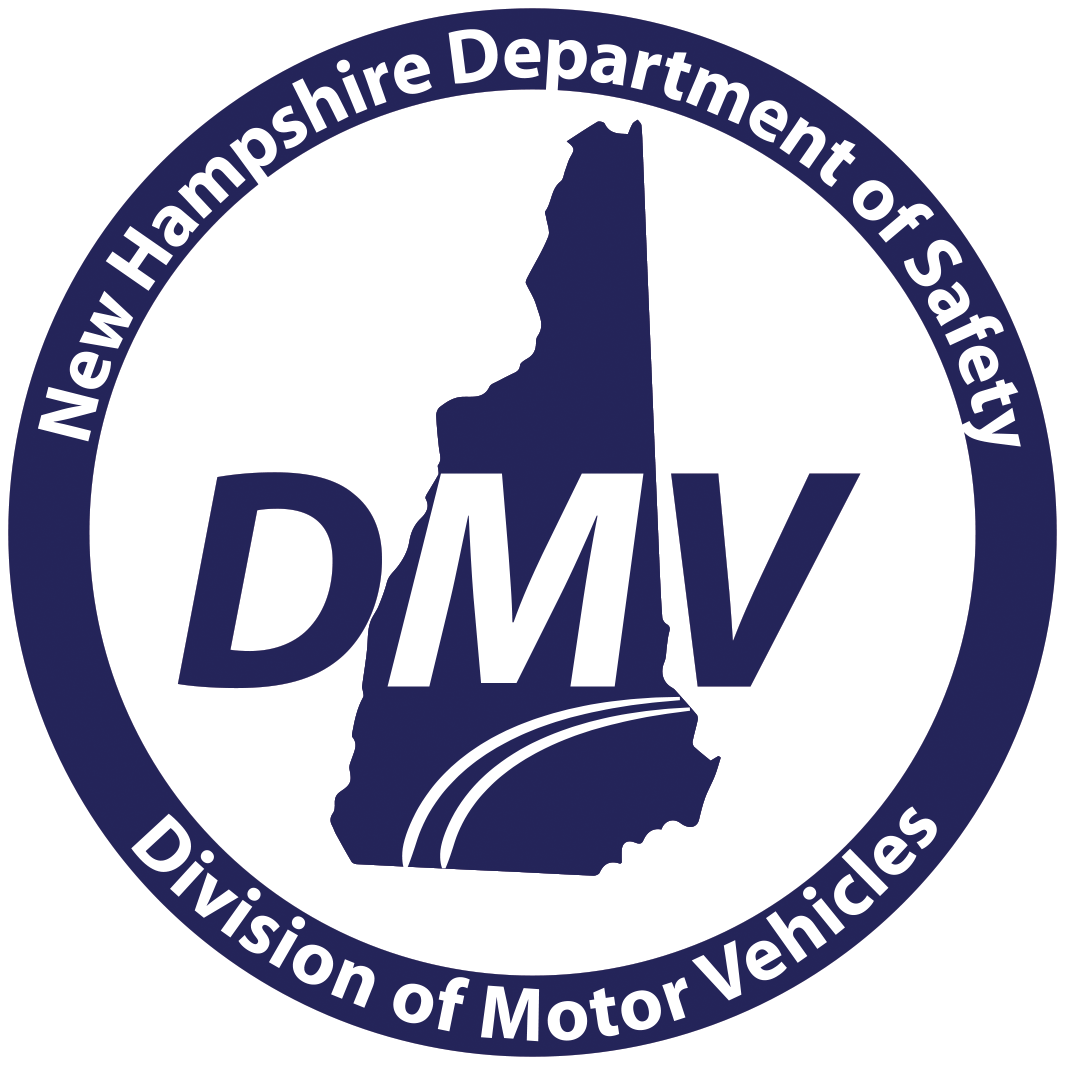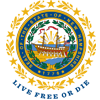License Classifications
License Classifications
Drivers in New Hampshire must have the proper class of license to match the type of vehicle they drive. Vehicles in New Hampshire are classified according to the manufacturers' gross vehicle weight rating and body style. The New Hampshire classified license system is broken down as follows:
- Class A: Any combination of vehicles with a GVWR of 26,001 or more pounds provided the GVWR of the vehicle(s) being towed is in excess of 10,000 pounds. Tests required for a Class A license in New Hampshire:
- General CDL Knowledge Test.
- Combinations Knowledge Test.
- Air Brakes Knowledge Test.
- Entry-Level Driver Training (ELDT) must be completed before road test is scheduled (for more information please visit: FMCSA, and FMCSA FAQs)
- Road Skills Test in a Class A vehicle.
- Class B: Any single vehicle with a GVWR of 26,001 or more pounds, or any such vehicle towing a vehicle not in excess of 10,000 pounds GVWR. Tests required for a Class B license in New Hampshire:
- General CDL Knowledge Test.
- Air Brakes Knowledge Test.
- Entry-Level Driver Training (ELDT) must be completed before road test is scheduled (for more information please visit: FMCSA, and FMCSA FAQs)
- Road Skills Test in a Class B vehicle.
- Class C: Any single vehicle, or combination of vehicles, that does not meet the definition of Class A or Class B, but is either designed to transport 16 or more passengers, including the driver, is required to be placarded for hazardous materials or meets the definition of a "tank" vehicle. Required for a Class B license in New Hampshire:
- General CDL Knowledge Test.
- Completion of all requirements for one of the following endorsements:
- Passenger Endorsement.
- Hazmat Endorsement.
- Class D: Operator License. An operator license is what most people think of as a "regular" driver license. It allows you to drive a vehicle with a gross vehicle weight of 26,000 pounds or less. With an operator's license, you can tow a trailer with a gross weight of 10,000 pounds or less, but you cannot transport hazardous materials or drive a bus designed to transport more than 15 persons. An operator license allows you to drive a moped but not a motorcycle, 3-wheeled motorcycle or motor-driven cycle.
- Motorcycle License: A motorcycle license allows you to drive motorcycles, mopeds and 3 wheeled motorcycles. Most drivers with a motorcycle license also hold either an operator or commercial license, although, it is possible to hold a Motorcycle-only license which allows operation of a motorcycle but no other class of vehicle.
- 3-Wheeled Motorcycle: This license type allows you to drive a three-wheeled motorcycle but not a two-wheeled motorcycle or motor-driven cycle. If you take a motorcycle road test on a three-wheeled motorcycle, you are restricted to operating only a three-wheeled motorcycle. If you take a motorcycle road test on a conventional, two-wheeled motorcycle you can operate a three-wheeled motorcycle.
- Motor-driven Cycle License: This license type allows you to drive any moped, motor scooter, bicycle with motor attached and small motorcycle with no more than five (5) horsepower.
- Moped License: This license type allows you to drive a moped only. To be classified as a "moped", a vehicle must meet all of the following:
- Not require the driver to shift gears.
- Have a motor not more than two (2) horsepower or 50 cc. in size.
- Not be able to go faster than 30 MPH on level ground.
You need a special moped license to drive a moped only if you don't hold any other class of license. If you already hold an operator, CDL, motorcycle or motor-driven cycle license you can also drive a moped.



